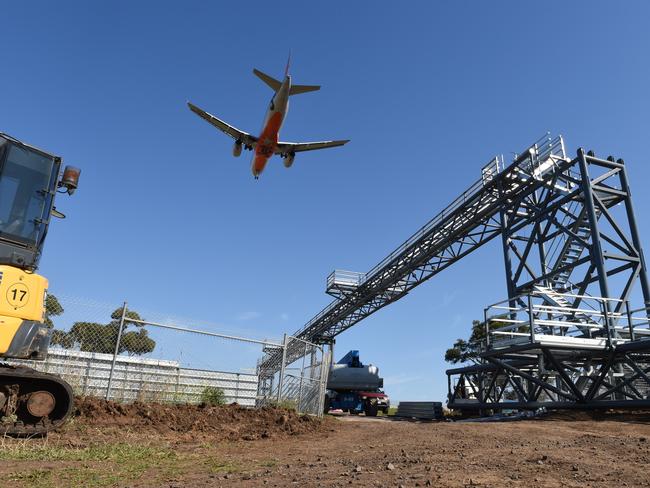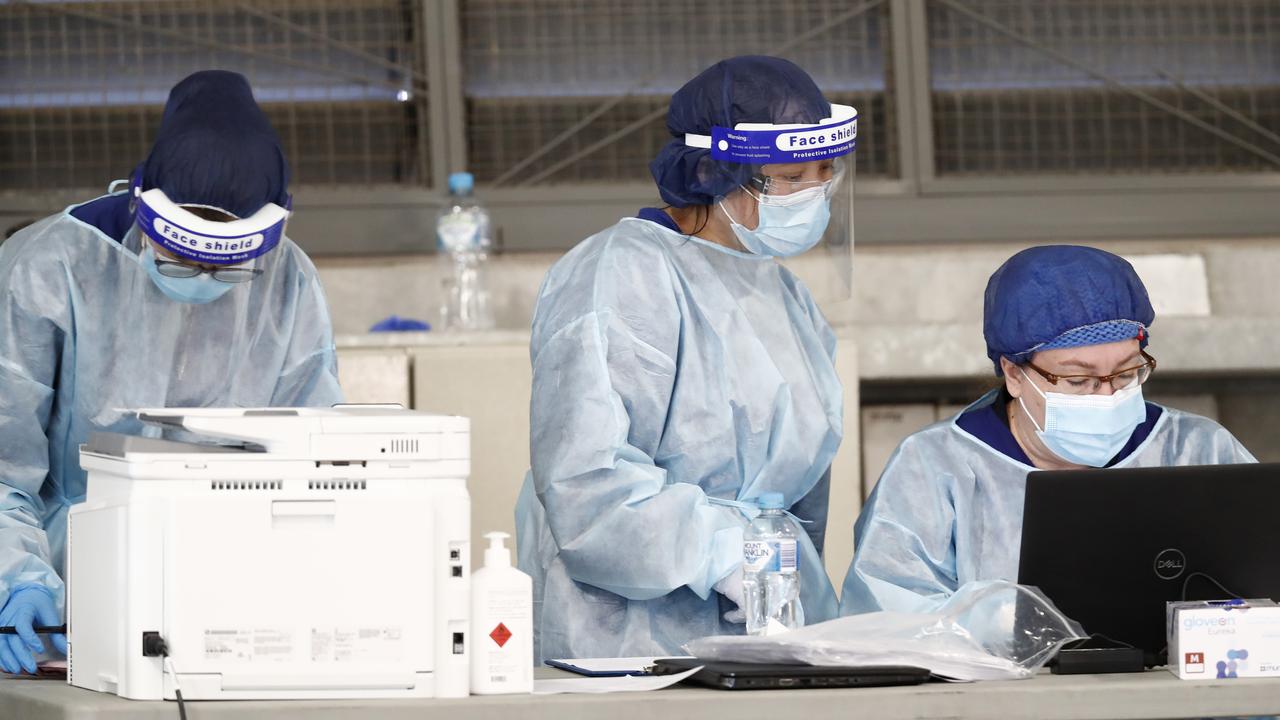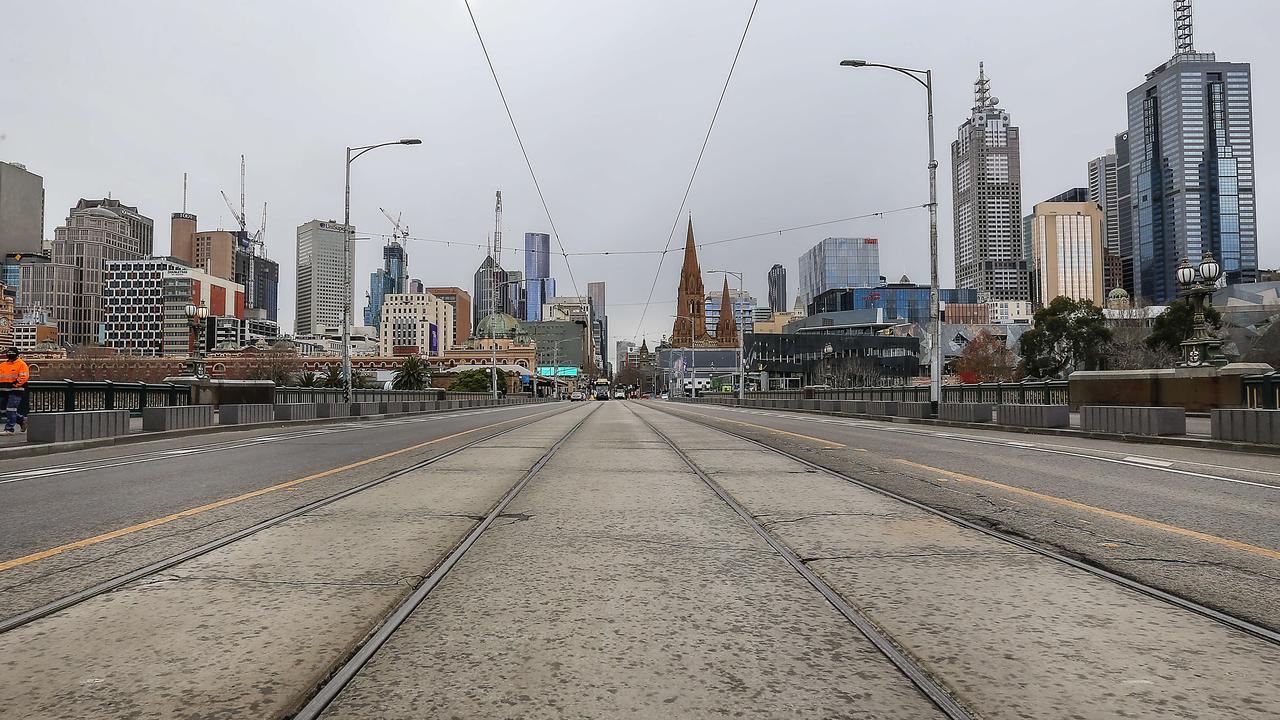Melbourne Airport rail link: Start planning now, says Lyell Strambi
MELBOURNE Airport is has plenty going for it but if we want a viable rail link to be part of its future, we must start planning now, says the airport’s CEO, Lyell Strambi.

Opinion
Don't miss out on the headlines from Opinion. Followed categories will be added to My News.
IN AN irony of history, it was a senator from New South Wales, Bob Cotton, who issued invitations for the official opening of Melbourne’s new international airport in July 1970.
He was also the minister for civil aviation. It heralded the launch of a new era for Victoria. The jet age opened up a world of opportunity and spurred our development as a global destination for business, education, events and tourism.
About 100,000 passengers used the airport in its first year. This year, it handled 35 million and that will rise to 64 million annually by the 2030s. We’ll keep growing with Victoria. Our state has Australia’s fastest-growing population. On current trends, Melbourne is on track to overtake Sydney as Australia’s biggest city.
Melbourne is now connected to more international destinations than ever before. Our land area is double that of London’s Heathrow Airport and almost three times bigger than Sydney airport. We have room to build new runways, terminals and the other facilities. We can also accommodate all the businesses that benefit from proximity to the leading Australian airport for airfreight exports.
MELBOURNE AIRPORT RAIL LINK BOOST: TURNBULL GOVERNMENT TO POUR CASH INTO LONG-AWAITED PROJECT

One of our greatest strengths is our curfew-free status, which allows us to operate 24 hours a day. When they are shutting up in Sydney each night, our terminals are still active, especially for international flights to and from Asia, the Middle East or Europe.
Being always open provides more flexibility for airlines and more choice for travellers. Victorian exporters are connected to markets around the clock.
We should also thank our airport planners for designing Melbourne as the only big Australian airport where you don’t have to catch a bus, train or taxi to transfer from a domestic to an international flight.
As air travel has changed over the years, our terminals have been upgraded to cater for more passengers and changing expectations. We’ve built a new domestic terminal, T4. We’re continuing to improve our international terminal.
Rail is the missing link here. That both state and federal governments are now committing to airport rail is welcome and vital preparation for when the current widening of the Tulla is no longer sufficient to meet demand.
It’s not just about a train to the airport — SkyBus does a fantastic job and will continue to into the future — but the role rail can play in tackling Victoria’s congestion problem more generally.

We need a detailed study into feasible rail options, now, because construction will take a decade and, realistically, the solution will need to be operational in the next 10 to 15 years to meet our forecast passenger demand.
The federal government hasn’t spent a dollar of taxpayer money on our terminals or airfield since it privatised the airport in the late 1990s. Under our lease, the airport operator is required to fund new investment to support its growth.
Our profits go into new investment as well as the retirement incomes of millions of Australians through the pension and superannuation funds, which are managed by our shareholders. Not only that, but last financial year we paid more than $70 million in company tax.
We’re now planning a third runway, which will increase our capacity for more flights and passengers over the next two decades. That will reduce delays in the air or on the ground for passengers and help airlines improve their operational performance. It will improve the efficiency of our national aviation network and open up Melbourne to more visitors, from more places, than ever before.

We are so lucky to be the beneficiaries of great planning and even greater vision. We have the space at our airport to add third and fourth runways when they are needed, without the cost of building a whole new airport and all of the associated infrastructure that goes with it.
And of course that means we can deliver the growth capacity required by dozens of airlines to meet their passengers’ demands more quickly, efficiently, and at the convenient location the airlines want.
Victorians know first-hand the benefits of an international airport that is always open and not subject to artificial operational constraints such as curfews.
Meanwhile, we’ll get on with the job of improving Australia’s fastest-growing international airport, which, with the support of government, industry and the Victorian community, is well on its way to supporting Melbourne’s position as Australia’s biggest city and international gateway.
Lyell Strambi is CEO of Melbourne Airport


